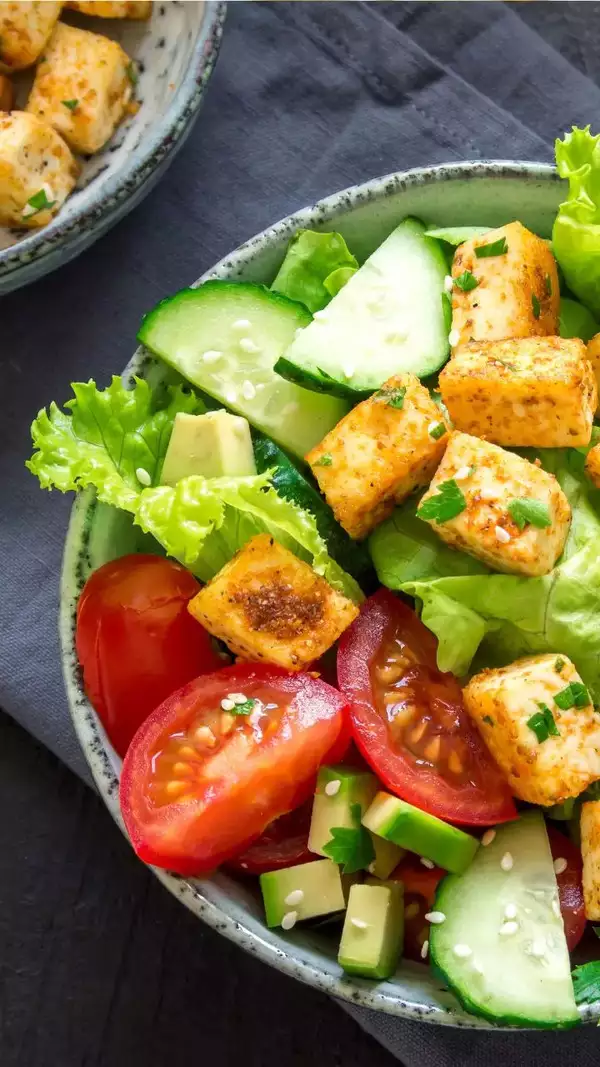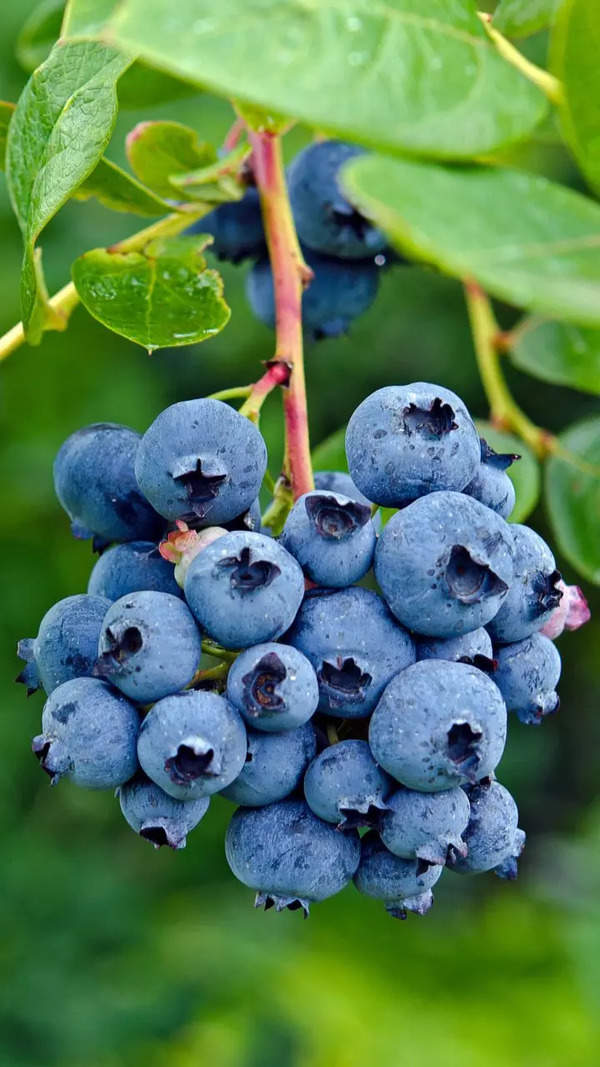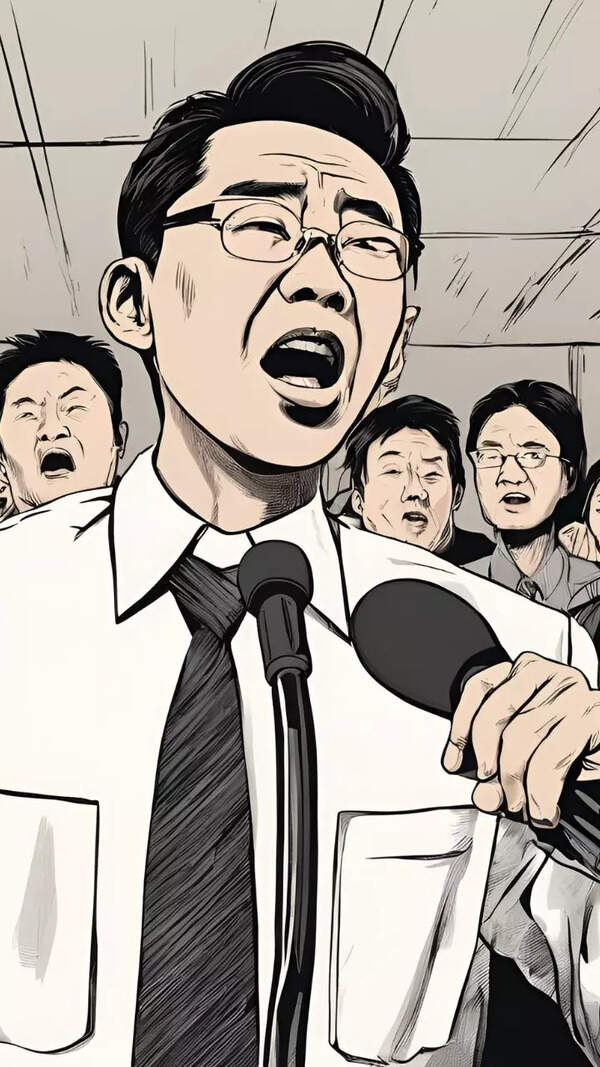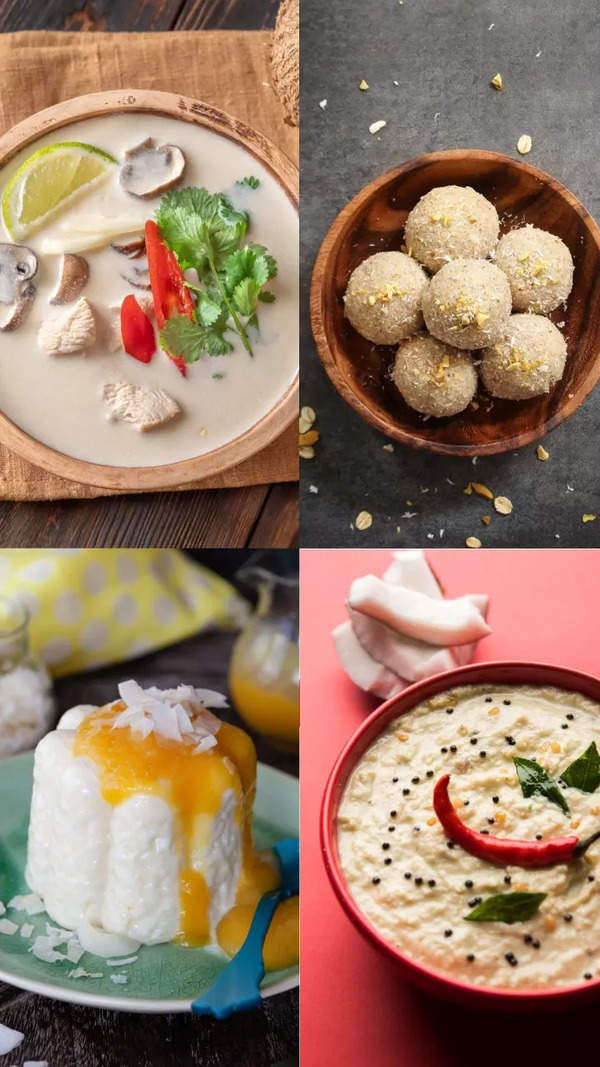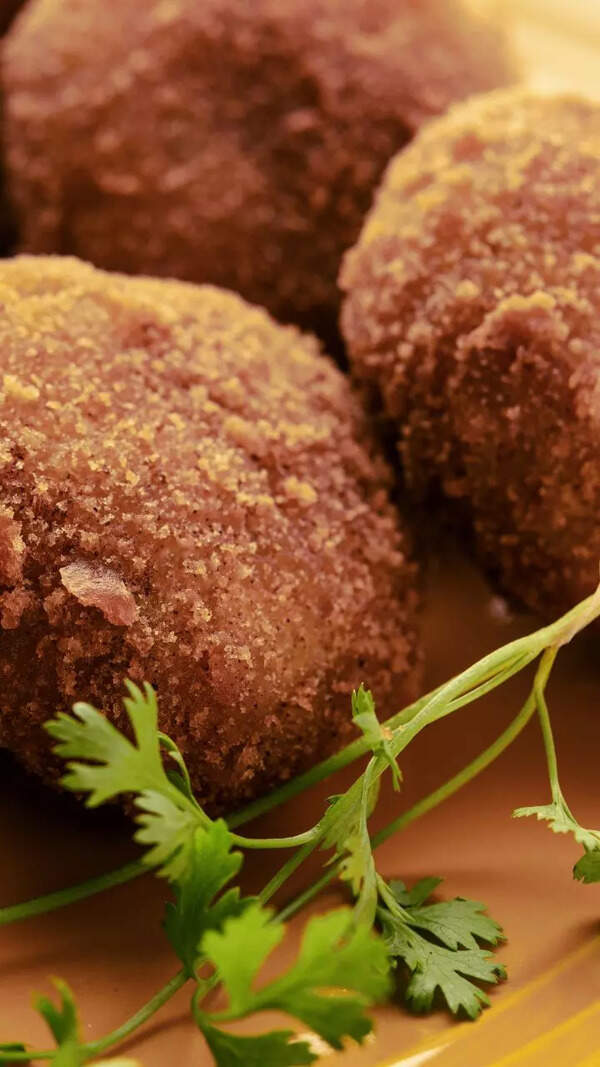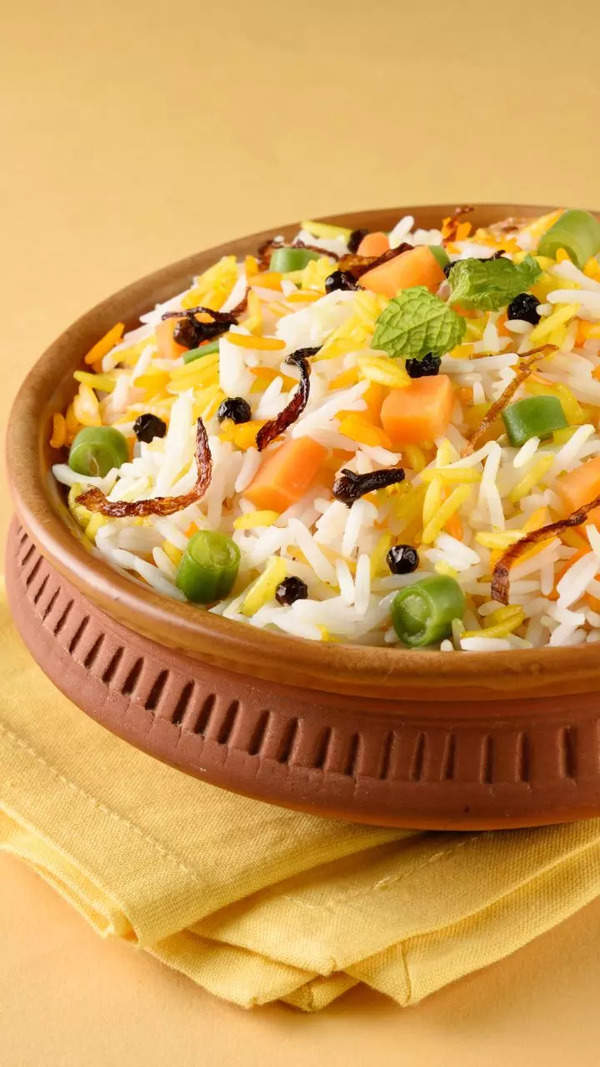- News
- World News
- South Asia News
- Sri Lanka's presidential election key points: Anura Kumara Dissanayake emerges victorious
Trending
Sri Lanka's presidential election key points: Anura Kumara Dissanayake emerges victorious
Anura Kumara Dissanayake from the National People's Power leads Sri Lanka's presidential election with a significant margin, securing 58% of postal votes. Voter turnout is at nearly 75%, lower than the previous election. Main opposition leader Sajith Premadasa follows with 23%, and incumbent president Ranil Wickremesinghe lags behind with only 16%.

Anura Kumara Dissanayake (AP file photo)
Sri Lanka's election commission formally announced on Sunday that Marxist leader Anura Kumara Dissanayake won the presidential election, defeating incumbent Ranil Wickremesinghe. Dissanayake, 55, secured 42.31% of the votes in Saturday's election, pushing opposition leader Sajith Premadasa to second place and Wickremesinghe to a distant third. He is set to be sworn in on Monday.
This election marks the first since the country’s economic crisis in 2022, with a voter turnout of nearly 75%, lower than the 83% recorded in the previous presidential election in November 2019.
Sri Lanka elects new president amid economic crisis
Election outcome: Anura Kumara Dissanayaka, leader of the People's Liberation Front, declared president-elect with 42.31% of the vote in Saturday's election.
Concession status: Wickremesinghe has not conceded, but Foreign Minister Ali Sabry acknowledged Dissanayaka's victory, respecting the people's decision.
Inauguration details: Dissanayaka will be sworn in on Monday morning at the President Secretariat in Colombo.
Here are the key updates from Sri Lanka elections.
Economic focus
Historical context
Voter turnout
Geopolitical considerations
Austerity measures and public sentiment
Security and voting conditions
This election marks the first since the country’s economic crisis in 2022, with a voter turnout of nearly 75%, lower than the 83% recorded in the previous presidential election in November 2019.
Sri Lanka elects new president amid economic crisis
Election outcome: Anura Kumara Dissanayaka, leader of the People's Liberation Front, declared president-elect with 42.31% of the vote in Saturday's election.
Opposition results: Opposition leader Sajith Premadasa secured 32.76%, while outgoing President Ranil Wickremesinghe received 17.27%.
Concession status: Wickremesinghe has not conceded, but Foreign Minister Ali Sabry acknowledged Dissanayaka's victory, respecting the people's decision.
Inauguration details: Dissanayaka will be sworn in on Monday morning at the President Secretariat in Colombo.
Here are the key updates from Sri Lanka elections.
Economic focus
- Campaign context: Economic hardships, stemming from a severe financial crisis, dominated the election campaign. Public anger was prevalent due to the ongoing austerity measures.
- IMF agreement: Dissanayaka intends to modify the IMF deal rather than cancel it, with plans to reduce income taxes and sales taxes on essentials like food and medicine.
- Party background: Dissanayaka's party previously had marginal influence, winning less than 4% in the last parliamentary elections (2020). It led two failed uprisings in the 1970s and 1980s, resulting in significant casualties.
- Political shift: The current crisis has enabled a shift in public support toward Dissanayaka, who advocates for a new political culture to combat corruption.
- Participation: Approximately 76% of Sri Lanka's 17.1 million eligible voters participated in the election.
- India-Sri Lanka relations: Dissanayaka's party assured India that Sri Lanka's territory would not be used against any nation, amid concerns about China's growing influence in the region.
- Wickremesinghe's tenure: The outgoing president's strict austerity measures stabilized the economy but led to increased poverty, with rates doubling to 25% between 2021 and 2022.
- Public discontent: Widespread dissatisfaction with the previous government's policies was a key factor in Dissanayaka's rise.
- Election security: Thousands of police were deployed to ensure safety during the election, with a temporary curfew imposed post-voting despite no reported violence.
- Celebration restrictions: No victory celebrations are allowed until a week after the final results are officially announced.
End of Article
FOLLOW US ON SOCIAL MEDIA

